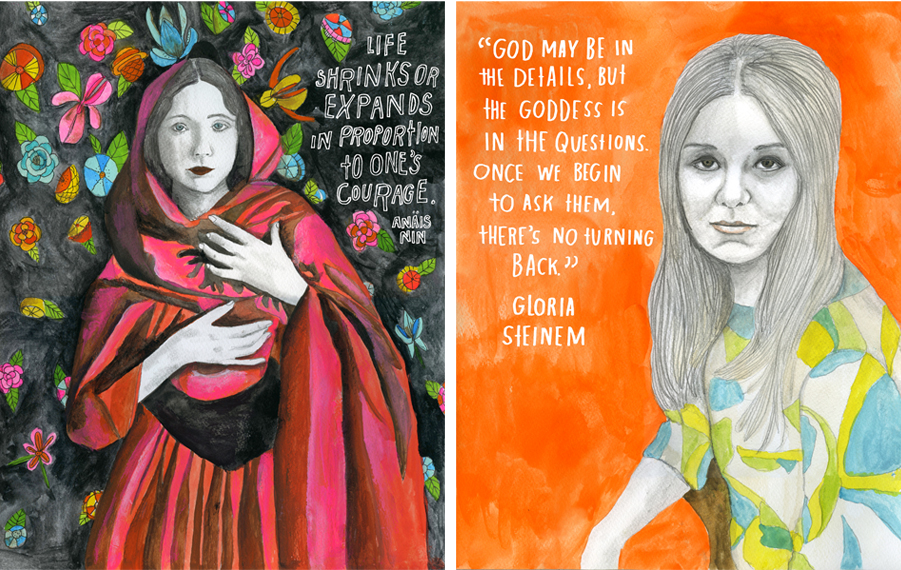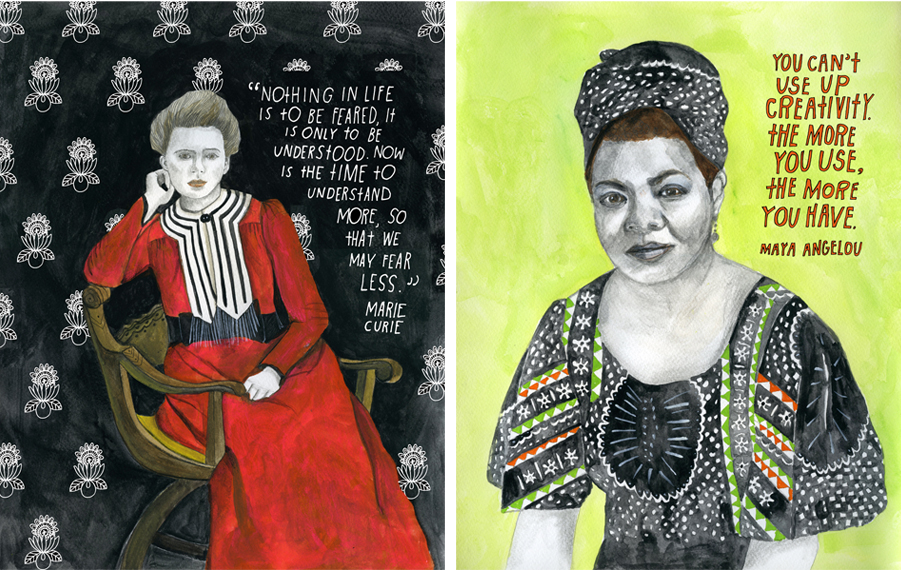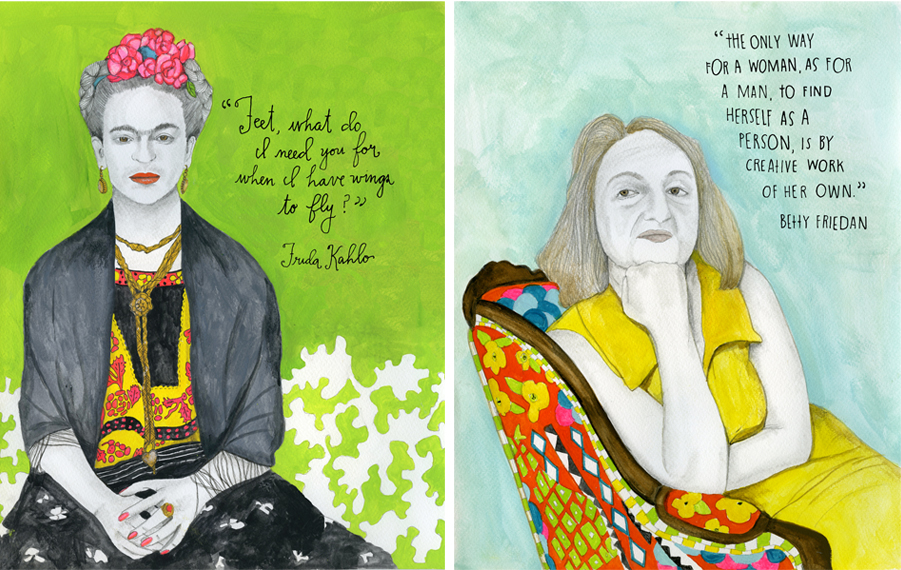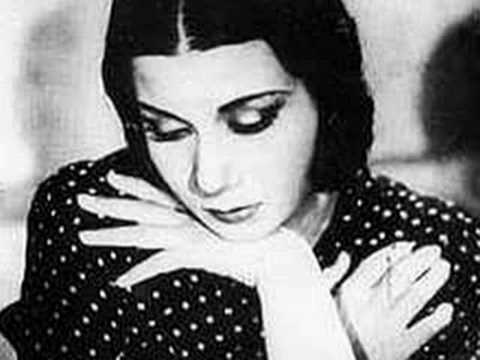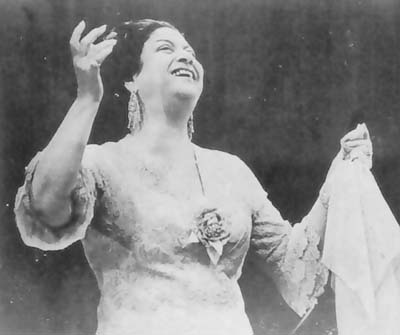
For my mom’s 57th birthday, my husband, two-year-old son, and I flew to Florida to see her. Mom’s early onset dementia had progressed to the point where she couldn’t carry on phone conversations, so I made the arrangements with my teenage brother. When I tried talking to her, Mom’s light, trilling laugh would fill the receiver at odd intervals, often when I was mid-sentence. Even when she seemed to understand what I was saying, she’d become tone deaf to the easy rhythm with which we’d always talked on the phone. When it was her turn to respond, she’d go silent.
“Mom? You there?”
“Huh? Oh! Hahahaha . . . what?” And so on.
My little family and I met Mom and my brother at a sports bar. A pub probably seems like an odd place to visit your delusional parent, but any strange behavior from Mom was unlikely to stand out much in the busy, boozy atmosphere. The three of us sidled into the booth alongside them, my eyes already nervously ping-ponging to the large flat screen TVs. Since moving to Colorado in 2006, I only saw my mother a couple times a year. Each visit yielded a new milestone of degradation: first the loss of simple math skills, resulting in embarrassing customer service transactions. Next the inability to complete complex thoughts; she’d get stuck on certain words or phrases that opened like rabbit holes in her brain. Then walking was replaced by slow assisted shuffling. It became increasingly hard to meet her and really look at her, to take in the latest changes. So my eyes flitted around her like a hummingbird, knowing that the moment I rested them squarely on her, they’d fill with tears.
Mom smiled broadly and laughed easily. My brother ordered for her, cut up her food. I watched her pick up her iced tea several times, bring it to her mouth, and then, suddenly confused, put it back down. She mistook a small plate for a coaster and almost spilled the drink. She tried to participate in the table conversation, but couldn’t follow our exchanges. Instead, she interjected with unrelated half-statements and musings that were clearly better formed in her head.
“Yeah, that’s okay, Mom. Eat your potatoes,” my brother would say.
Mom held my son, Henry, several times and seemed very taken with him. At one point, she looked at me sweetly, softly touched my cheek and said, “Yes, yes, darling one. ”
Her attention turned away from me and back to some inner conversation.
These flashes of recognition and engagement were rare. Before we had a diagnosis, Mom had become savvy at hiding her inability to recall people. If you approached her smiling, she’d smile right back and chirp a cheerful and familiar “Hey!” She knew my face, but if I were to ask, “What’s my name, Mom?”, she’d get flustered and give up. She did better with simple yes/no questions, eroding our once fluid phone rapport, which slipped easily between self-analysis and questions of spirituality to piss-our-pants giggle fits. I tried brainstorming creative ways to flesh out our exchanges, but after a series of yeses and no’s and nervous laughs and responses that trailed off, I’d awkwardly wrap the conversation.
“Well, I guess I’ll let you go . . .”
Things weren’t supposed to go this way. Mom and I had one of those mother-daughter relationships that made for successful WB shows. Think Gilmore Girls, only with fewer witty classic Hollywood references and more Ab Fab quotes. We were close to a fault, the line separating “parent” and “friend” not merely tenuous but nonexistent. I imagine being pulled from the womb and handed to her and, after a moment of gazing at me adoringly, her saying, “Kid, have I got some shit to work through with you.”
I was raised like a sister. My earliest memories are of mom and me, snuggled up together in her queen-sized bed, eating bonbons and watching totally age-inappropriate prime time television. My parents divorced when I was four, and Mom remained candid with me about the life choices she made, often conferring with me as if I were an equal partner in the decision-making. It wasn’t in her to shield me from life’s uncomfortable gray areas, areas we found ourselves navigating often. As a parent, I now understand that this was irresponsible of her. But it wasn’t her aim to make me grow up too fast. She just couldn’t fake perfection, couldn’t pretend that she knew all the answers. She needed a sounding board. She respected my intelligence enough not to sugarcoat the facts and how they might affect me.
Growing up, Mom was my best friend. Of course, she could irritate and infuriate me in that special way that everyone’s mother can, could unravel my rational self and replace it with my feral toddler jerk. But I came to her with everything, and she always managed to impart some new truth about myself, about relationships, about life in a way that was both hand holding and honest. We could fight like guests on Maury, lobbing insults and foul language at each other one minute and the next, sloughing the anger entirely to discuss mundane concerns like tonight’s dinner and whether this skirt looked okay with that top. As I approached high school graduation, she joked that if I left the state, I’d find her hanging on the wing of the plane sobbing. When I imagined my future, mom was always part of it. She’d take care of my 2.5 kids while I worked and live in the mother-in-law suite attached to my sprawling ranch house with an open floor plan.
When I did leave home for college, long phone conversations became a salve for our sudden separation. I instigated many a tortured phone call wherein she gave me articulate, surprisingly wise advice about boyfriends, breakups, and English papers I had procrastinated on until the last minute. With barely a high school education and zero interest in reading anything besides Southern Living magazine, she’d listen calmly as I tried to refine the thesis for my paper on Gwendolyn Brooks.
These conversations ran the gamut of emotions: I cried, she laughed. We shouted obscenities at each other. I got frustrated when she wasn’t getting some paper topic I was wrestling with. Sometimes she hung up on me. Five minutes later, my phone would ring.
“Stop acting like a jerk and explain your goddamn thesis again.”
The dementia gradually made our exchanges staid and polite. Less stress inducing, perhaps, but vanilla. With the exception of random flashes of recognition, I am unfamiliar to her, and her grandchild is a sweet stranger. We are something I never thought we’d be: distant. I sometimes regret our past fights and my bad behavior, but I don’t regret the fireworks sparked by our tempers flaring, of being known for the neurotic, critical shit that I can be and being loved anyway.
Well, I guess I’ll let you go . . .
But she’s already gone. I can’t pinpoint when exactly I lost her. After years of telling me everything — too much, even — she didn’t prepare me for this. For not talking to her. For becoming a mother without my mother. For a me without her.



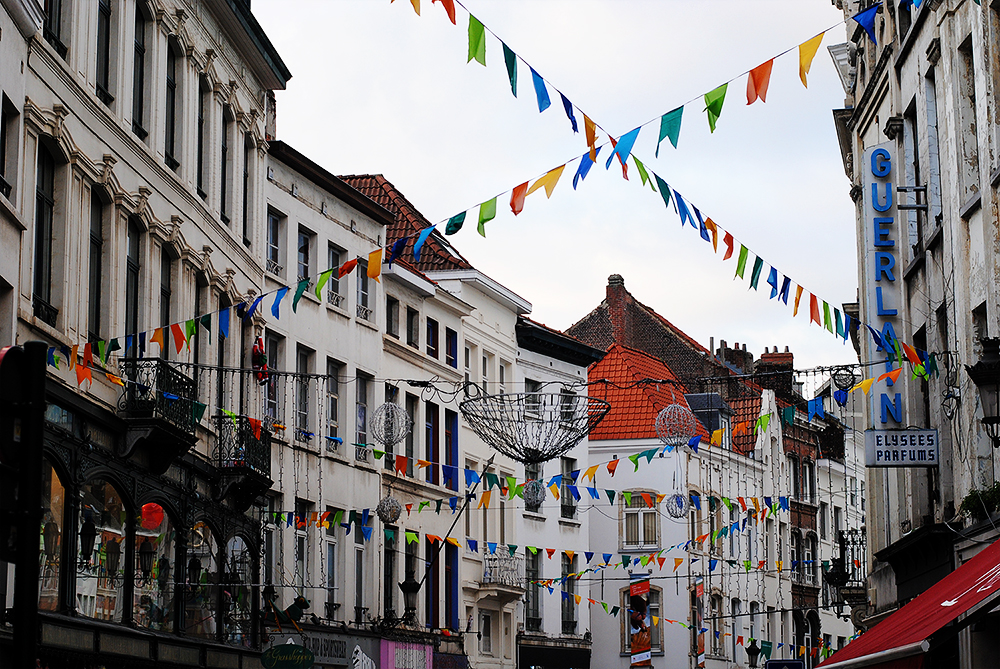 I used to have these fantasies of Fréd and I falling in love and living in Paris in a tiny apartment in the quartier latin. We would survive off of cigarettes and coffee and sex. I would take classes at the Sorbonne, and he would write stories and novels. We would walk along the Seine and frequent dark, smoky bars at night.
It was the kind of romantic ideal that I spent the first 20 years or so of my life carefully cultivating, a fantasy that I’d pieced together from reading too many books and watching too many movies set in Paris. For years, though, I thought that maybe, maybe there was a chance that it could come true.
I used to have these fantasies of Fréd and I falling in love and living in Paris in a tiny apartment in the quartier latin. We would survive off of cigarettes and coffee and sex. I would take classes at the Sorbonne, and he would write stories and novels. We would walk along the Seine and frequent dark, smoky bars at night.
It was the kind of romantic ideal that I spent the first 20 years or so of my life carefully cultivating, a fantasy that I’d pieced together from reading too many books and watching too many movies set in Paris. For years, though, I thought that maybe, maybe there was a chance that it could come true.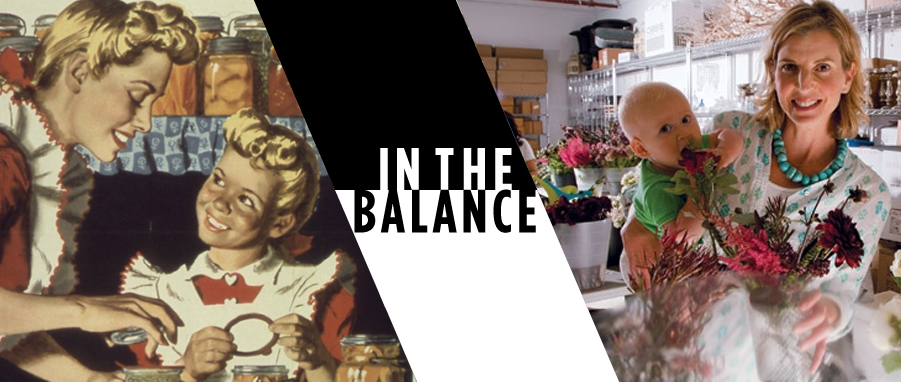



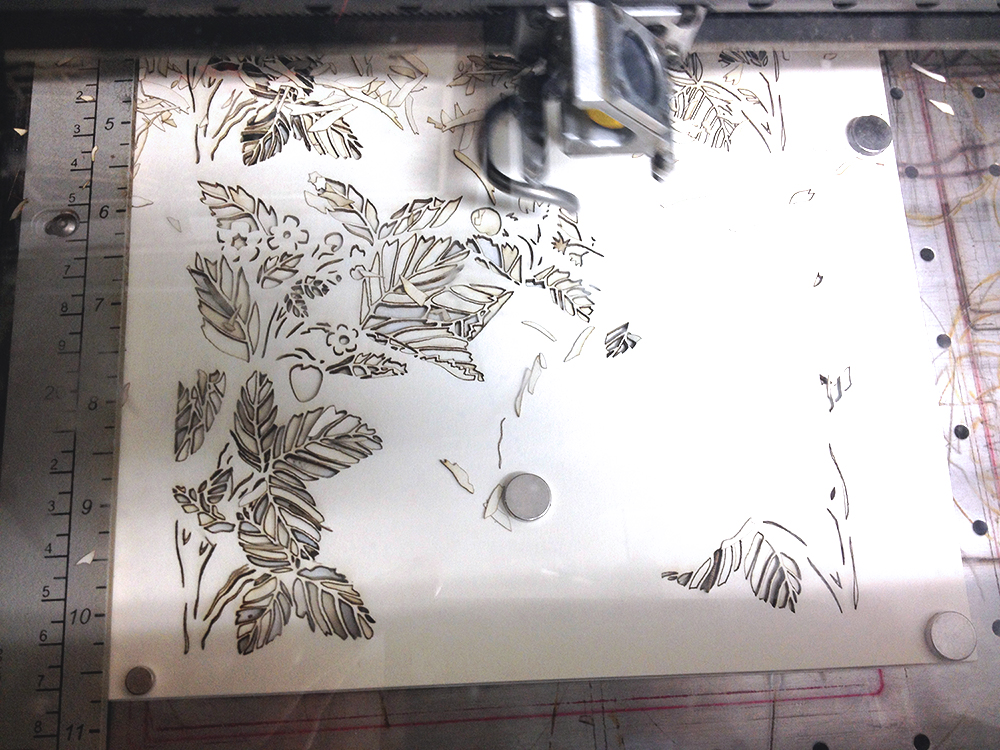
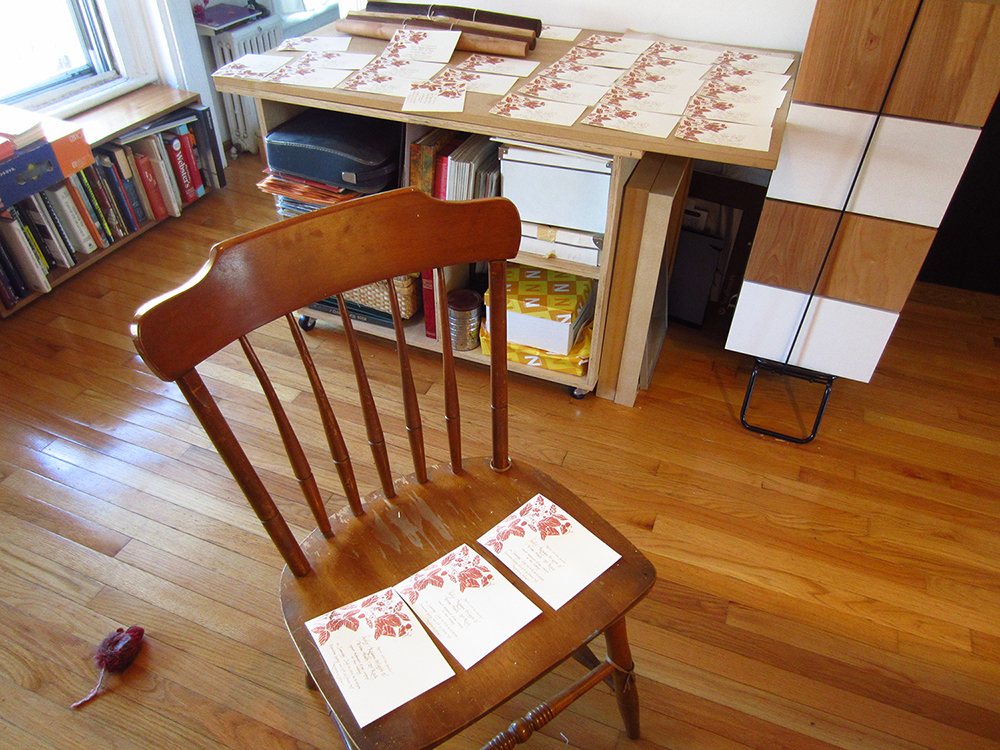
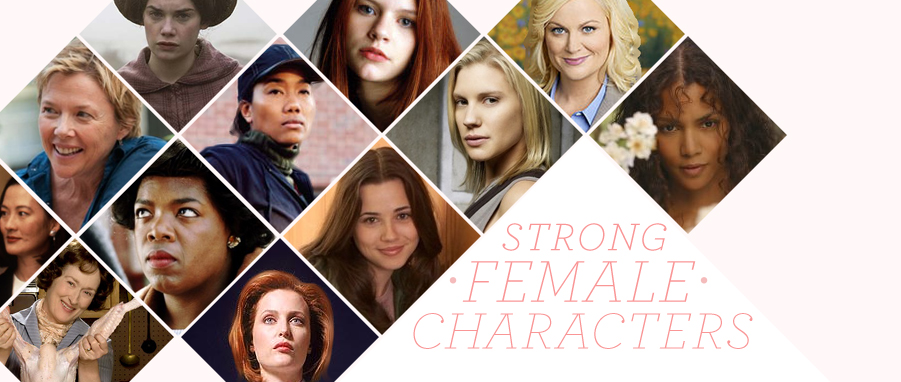
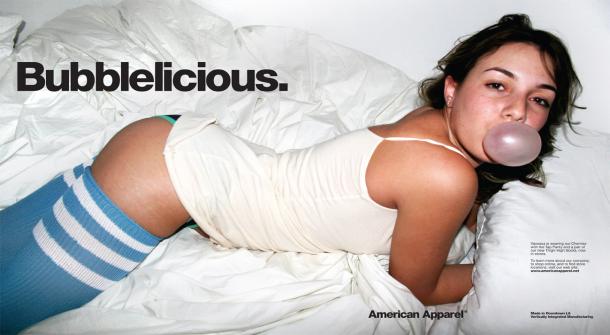







 Bridget’s host family has one of those beautiful provençal country houses that you see on the covers of Peter Mayle books. From Agnès’ apartment, it's a 45-minute uphill walk to get to it, which is one of the reasons I love to visit. On the way I pass Cézanne’s old painting studio, and once I crest the final hill, I am rewarded with a view of the Mont Sainte-Victoire over the olive groves. It’s not something I see every day.
Bridget’s host family has one of those beautiful provençal country houses that you see on the covers of Peter Mayle books. From Agnès’ apartment, it's a 45-minute uphill walk to get to it, which is one of the reasons I love to visit. On the way I pass Cézanne’s old painting studio, and once I crest the final hill, I am rewarded with a view of the Mont Sainte-Victoire over the olive groves. It’s not something I see every day.


